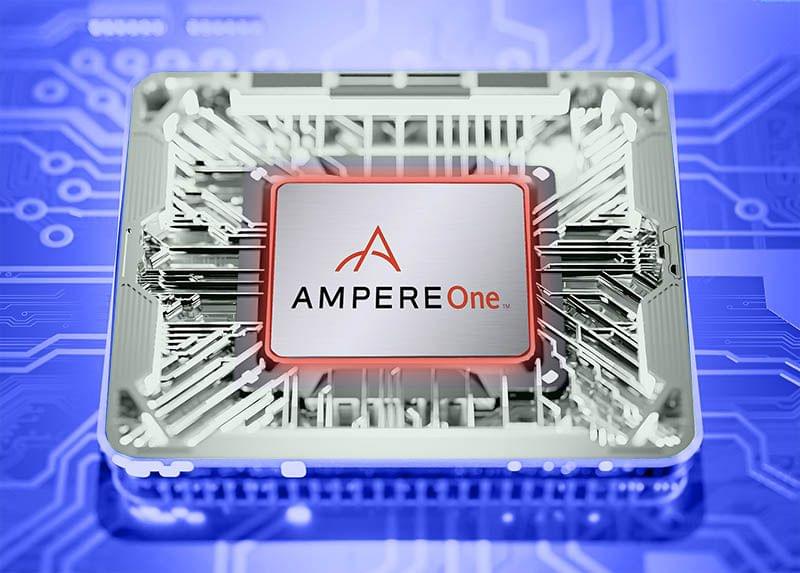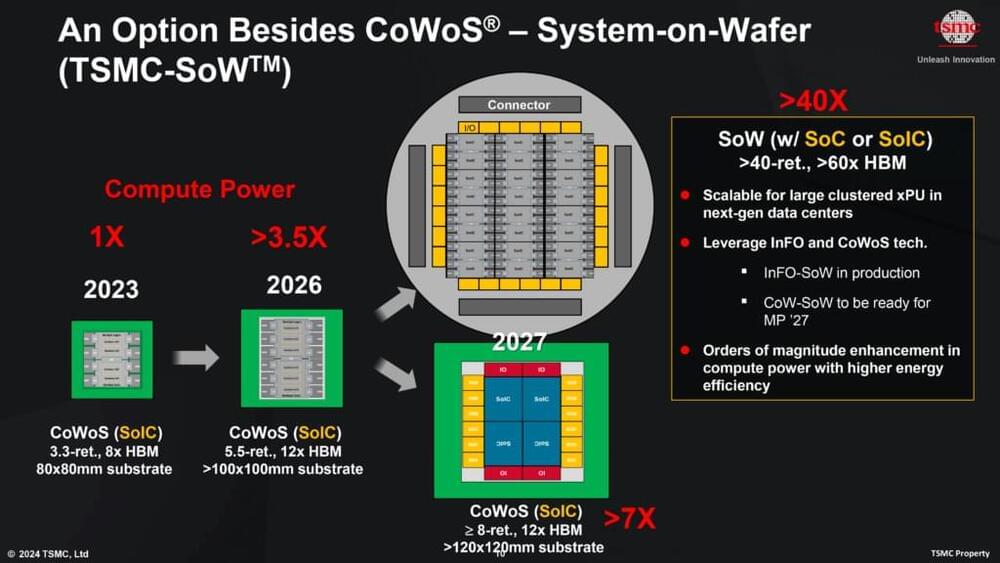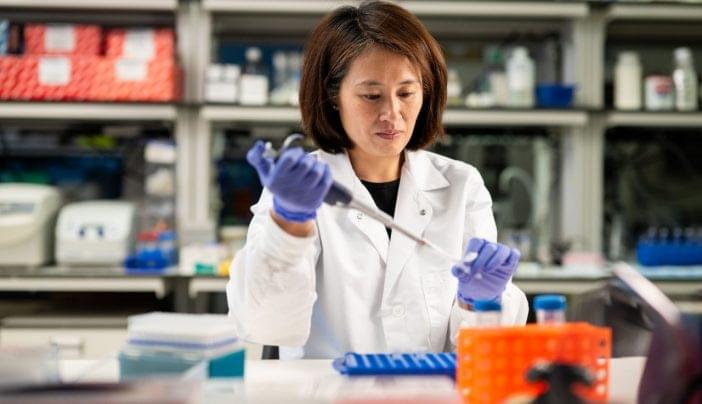Cosmological puzzles are tempting astronomers to rethink our simple picture of the universe – and ask whether dark matter is even stranger than we thought.
By Stuart Clark

Cosmological puzzles are tempting astronomers to rethink our simple picture of the universe – and ask whether dark matter is even stranger than we thought.
By Stuart Clark
Boston Dynamics is retiring the original Atlas at the age of 11. TechCrunch’s Brian Heater discusses the pioneering bot’s legacy and what the company has in mind for its offspring.


Direct sample analysis offers several advantages over robotic explorers conducting it from the surface of an asteroid or planet and then beaming back the data.
It provides a window into understanding how the surface of a celestial body has changed due to its constant exposure to the harsh deep space environment.
The scientists conducted their analysis using electron holography, a technique in which electron waves infiltrate materials. This method has the potential to uncover key details about the sample’s structure and magnetic and electric properties.

TSMC introduced its System-on-Wafer (TSMC-SoW™) technology, an innovative solution to bring revolutionary performance to the wafer level in addressing the future AI requirements for hyperscaler datacenters.
At the TSMC 2024 North America Technology Symposium, they debuted the TSMC A16™ technology, featuring leading nanosheet transistors with innovative backside power rail solution for production in 2026, bringing greatly improved logic density and performance.
The latest version of CoWoS allows TSMC to build silicon interposers that are about 3.3 times larger than the size of a photomask (or reticle, which is 858mm2). Thus, logic, eight HBM3/HBM3E memory stacks, I/O, and other chiplets can occupy up to 2,831 mm2. The maximum substrate size is 80×80 mm.

Authentication service Okta is warning about the “unprecedented scale” of an ongoing campaign that routes fraudulent login requests through the mobile devices and browsers of everyday users in an attempt to conceal the malicious behavior.
The attack, Okta said, uses other means to camouflage the login attempts as well, including the TOR network and so-called proxy services from providers such as NSOCKS, Luminati, and DataImpulse, which can also harness users’ devices without their knowledge. In some cases, the affected mobile devices are running malicious apps. In other cases, users have enrolled their devices in proxy services in exchange for various incentives.
Unidentified adversaries then use these devices in credential-stuffing attacks, which use large lists of login credentials obtained from previous data breaches in an attempt to access online accounts. Because the requests come from IP addresses and devices with good reputations, network security devices don’t give them the same level of scrutiny as logins from virtual private servers (VPS) that come from hosting services threat actors have used for years.

A US bank is facing a proposed class action lawsuit for allegedly failing to protect its customers’ sensitive personal information and suffering a massive data breach.
SouthState Bank, which has over $45 billion in assets, is being hit with a class action lawsuit led by plaintiff Latonya Gore in Florida, filings show.
The suit concerns a February 2024 data breach that compromised the banks’ clients’ full names, financial account numbers and Social Security numbers.

Security researchers have uncovered a chilling global epidemic: an old malware that has been spreading uncontrollably for years. Despite its creators seemingly abandoning the project years ago, this insidious USB worm has lived on, potentially infecting millions of new machines around the world.
The worm, which first hit the scene in 2019 as a new variant of the infamous PlugX malware, had a devious trick up its sleeve. It could automatically copy itself onto any USB drive connected to an infected machine, allowing it to hitch a ride and infect new computers without any user interaction required.
But at some point, the hackers abandoned the malware’s command-and-control server, essentially cutting off their ability to oversee the infected machines. One might assume this would be the end of the line for the pesky worm, but that was not the case.


In an age marked by remarkable technological advancements, the field of robotics exemplifies humanity’s boundless potential for innovation. In recent years, certain types of robots have consistently captured our attention, with humanoid robots standing out as pioneers, alongside pre-programmed robots, autonomous robots, teleoperated robots, and augmenting robots.
With advancements in technology, the evolution of humanoid robotics pushes the boundaries of what was once considered purely sci-fi into the realm of reality. Engineered to emulate the human form both physically and cognitively, these robots are equipped with a sophisticated array of cameras, sensors, and cutting-edge AI and ML technologies. This enables them to not only perceive their surroundings but also to interact with humans in increasingly nuanced ways, from recognizing objects to sensing and responding to environmental cues.
That being said, the sector is poised for significant growth. According to research firm MarketsandMarkets, the humanoid robot market size was valued at $1.8 billion in 2023 and is anticipated to be $13.8 billion in the next five years, growing at a CAGR of over 50.2%.